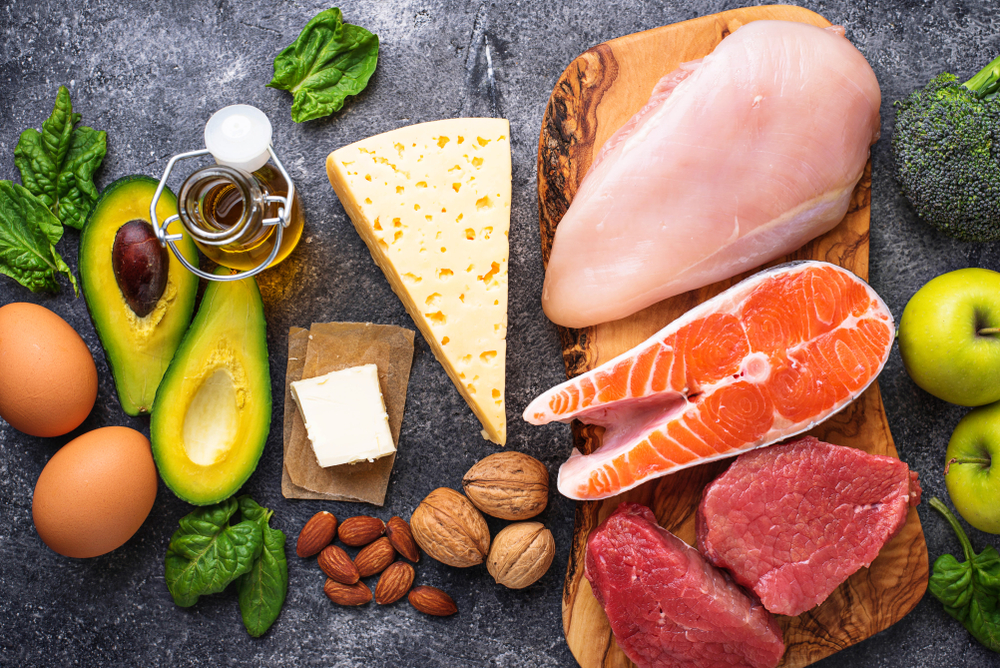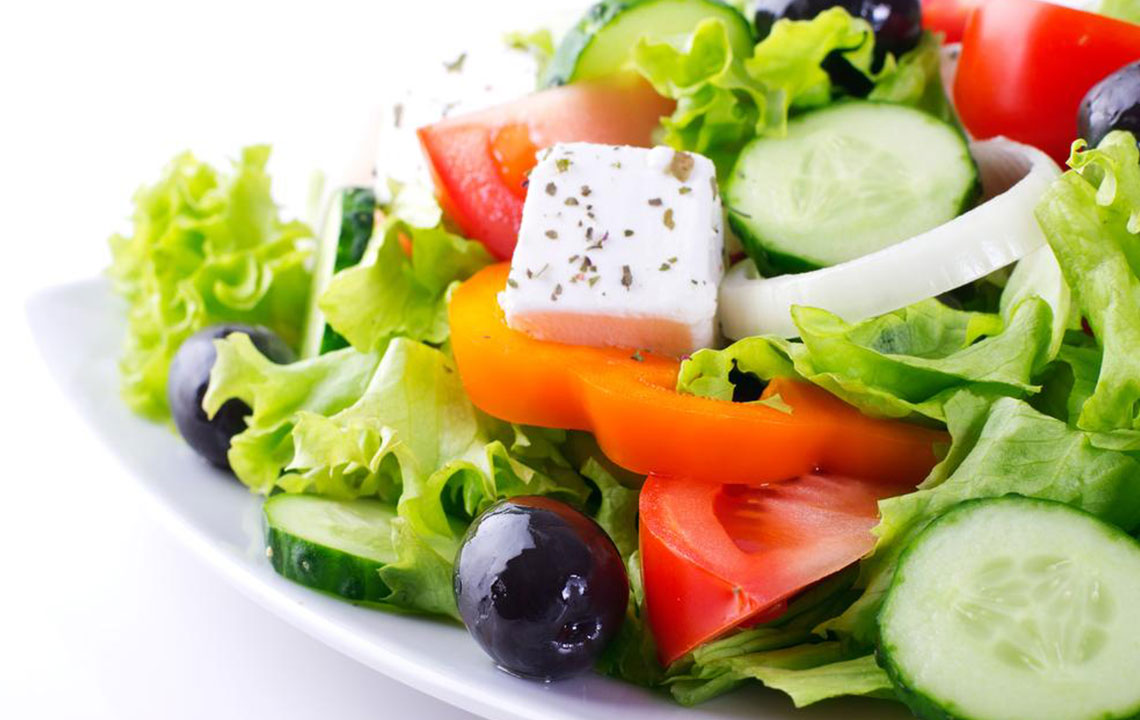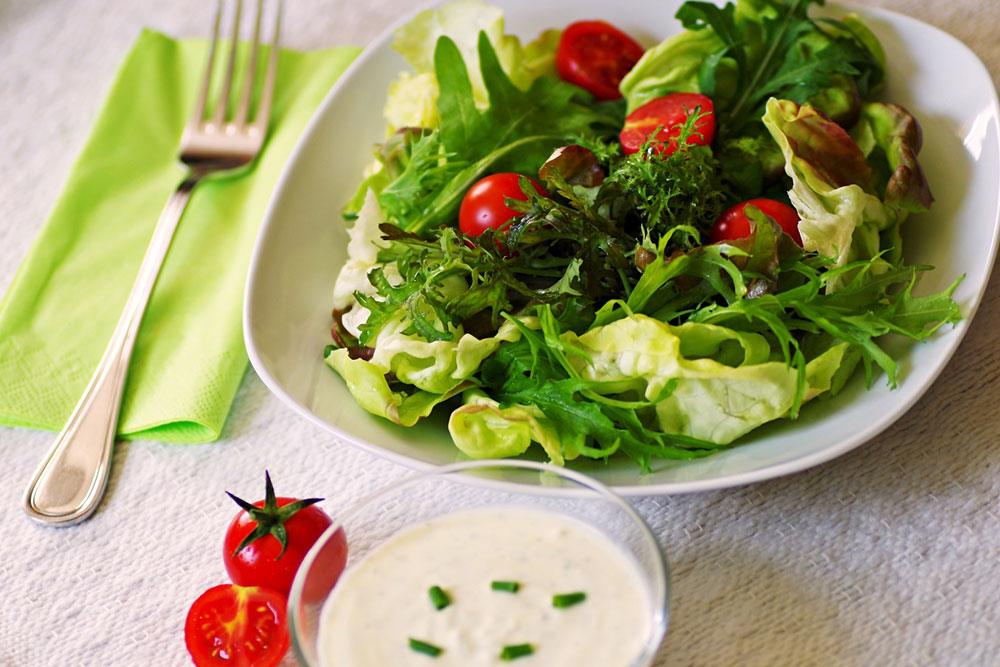Comprehensive Guide to Foods for the Atkins Diet: What to Eat and What to Avoid
This comprehensive guide details the essential foods to include and avoid in the Atkins diet, emphasizing low-carb, high-protein, and healthy fat choices. It covers dietary phases, vegetarian options, recommended foods, and tips for sustainable long-term adherence. Perfect for those seeking weight loss or improved health through a flexible, enjoyable low-carb lifestyle with practical advice on meal planning and food selection.

Comprehensive Guide to Foods for the Atkins Diet: What to Eat and What to Avoid
Embarking on the Atkins diet requires understanding which foods are beneficial and which should be limited or avoided to achieve weight loss and improve overall health. This diet, highly regarded for its focus on low carbohydrate intake combined with high protein and healthy fats, is designed to help individuals shed excess weight efficiently. Proper food choices play a vital role in ensuring the effectiveness of the diet as well as maintaining nutritional balance. This extensive guide explores the essential foods to include, foods to avoid, and tips for sustaining a healthy Atkins lifestyle.
Introduction to the Atkins Diet
The Atkins diet is a popular low-carb, high-protein, and high-fat dietary regimen that emphasizes reducing carbohydrate consumption to promote fat burning. The diet was developed by Dr. Robert Atkins and has gained popularity among individuals seeking rapid weight loss without sacrificing taste and enjoyment. It is structured into phases, beginning with an initial strict carb restriction and gradually reintroducing healthy carbs in later stages.
The fundamental principle of the Atkins diet is to shift the body's energy source from carbohydrates to stored body fat, thereby facilitating weight loss. The success of this diet heavily relies on selecting appropriate foods and maintaining discipline in carbohydrate intake.
In the initial phase, typically lasting two weeks, carb intake is limited to 20 grams or fewer per day. This helps jumpstart weight loss by forcing the body into a state of ketosis, where it burns fat for fuel. Post this phase, patients are encouraged to gradually reintroduce nutrient-rich carbohydrates such as fruits, vegetables, and whole grains, all while maintaining a controlled carbohydrate intake to prevent weight regain.
Maintaining Long-term Success with the Atkins Diet
For many, maintaining a low-carb lifestyle is essential for sustained weight management. Adopting the Atkins diet beyond the initial phases may require lifelong dedication to low carbohydrate consumption. Returning to high-carb diets after achieving weight loss can often lead to weight regain, underscoring the importance of consistency and dietary discipline.
The diet's flexibility allows for enjoyment of flavorful and satisfying foods like cheese, heavy cream, bacon, and dark chocolate—all of which are permitted within the diet's parameters. These foods serve as excellent sources of healthy fats and help reduce cravings while staying within carbohydrate limits.
Adapting the Atkins Diet for Vegetarians
Vegetarians can successfully follow the Atkins plan with thoughtful food choices. Plant-based proteins such as soy products, nuts, seeds, and dairy are valuable sources of nutrition for vegetarians. Incorporating eggs, milk, cheese, and cream helps lacto-ovo vegetarians meet their protein needs without compromising their dietary preferences.
Meal planning is crucial for vegetarian adherents to ensure they consume sufficient protein, healthy fats, and low-carb vegetables. Creative recipes featuring tofu, tempeh, nuts, seeds, and leafy greens can make the diet enjoyable and sustainable.
Foods Recommended for the Atkins Diet
Choosing the right foods is central to the success of the Atkins diet. While opting for organic and minimally processed foods is preferable, the priority should be on foods that align with low-carb principles. Here’s a comprehensive list of recommended foods:
Meats: including beef, lamb, chicken, turkey, and bacon, preferably grass-fed or organic when available
Shrimp, crab, lobster, and other shellfish, which are low in carbs and high in beneficial nutrients
Fatty fish such as salmon, mackerel, sardines, and trout, rich in omega-3 fatty acids
Eggs, a versatile and nutrient-dense protein source
Dairy products: Greek yogurt, heavy cream, various cheeses (cheddar, mozzarella, gouda), and butter—preferably full-fat and minimally processed
Low-carb vegetables: leafy greens, broccoli, cauliflower, zucchini, peppers, and cucumbers that are low in carbohydrates but high in fiber and nutrients
Berries: blueberries, strawberries, and raspberries, which contain fewer carbs compared to other fruits
Nuts and seeds: including almonds, macadamia nuts, walnuts, hazelnuts, sunflower seeds, and pumpkin seeds—great for snacking and adding healthy fats
Fruits: apples, pears, and oranges, consumed in moderation considering their carbohydrate content
Olives, which are rich in healthy fats and low in carbs
Healthy oils: extra virgin olive oil, coconut oil, avocado oil, used for cooking and salad dressings
Dark chocolate: with high cocoa content (at least 70%), consumed in moderation to satisfy sweet cravings
Avocados: high in monounsaturated fats and very low in carbs, perfect for salads and smoothies
To prepare for an Atkins diet, it's advisable to eliminate processed foods high in sugar, grains, and refined carbs—such as cereals, bread, baked goods, ice cream, sweetened beverages, and wheat-based products. Replacing these with wholesome, nutrient-dense options will facilitate better adherence and results.
In conclusion, the Atkins diet is an effective approach for weight loss and overall health improvement when followed correctly. Proper food selection, discipline, and lifelong commitment can lead to sustainable benefits. Beginners are encouraged to conduct thorough research and explore recipes and meal plans online to fully understand and enjoy the diet’s principles and advantages.





